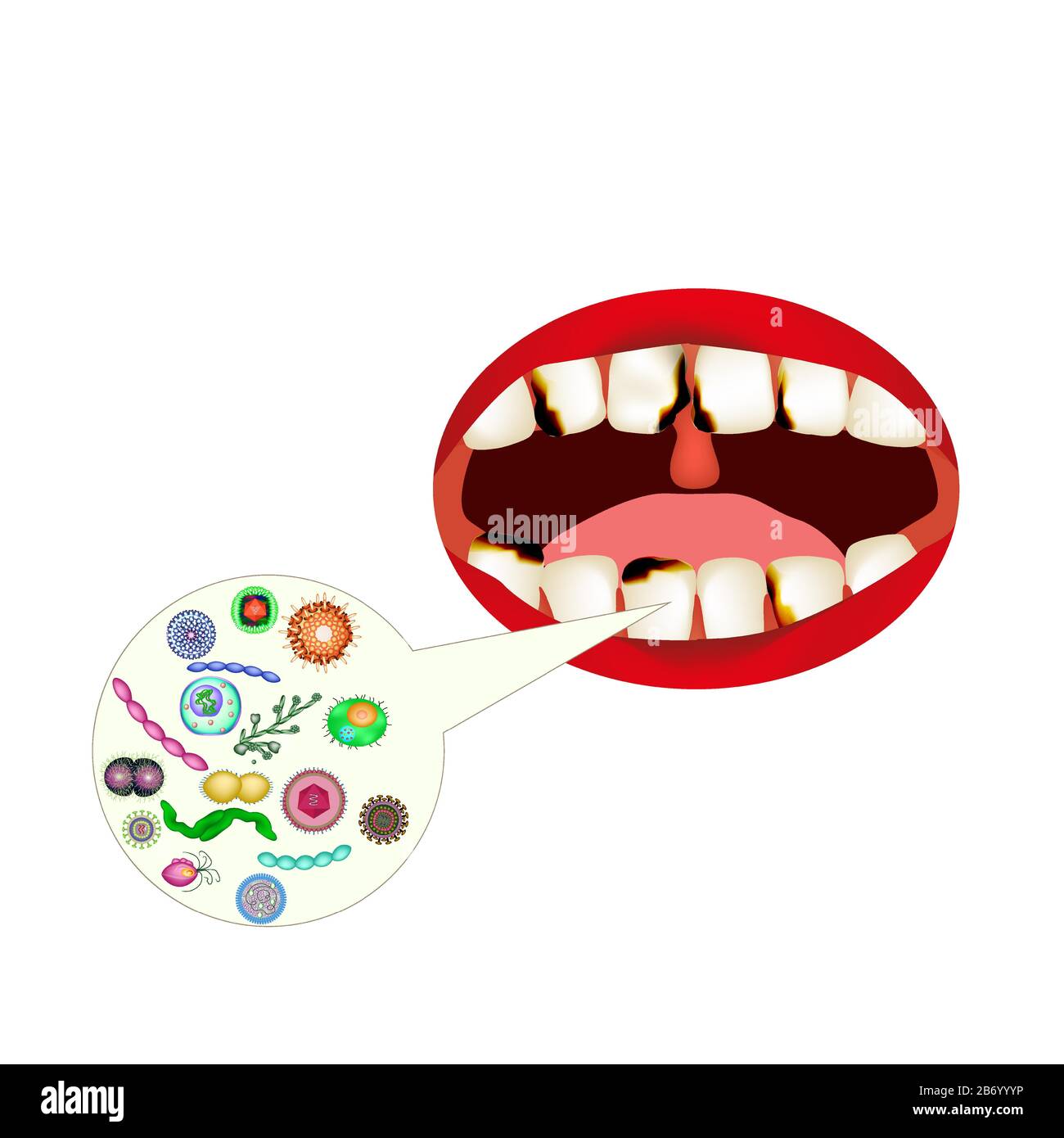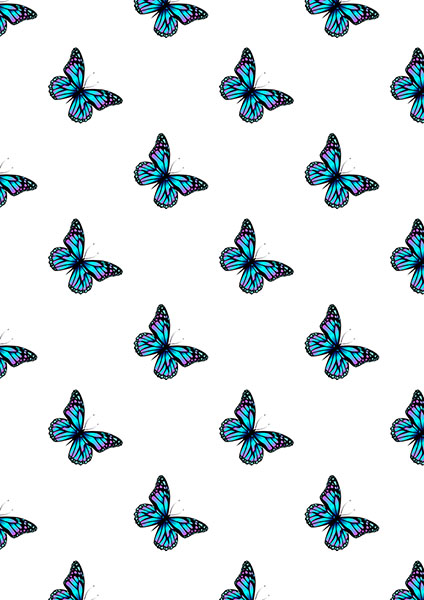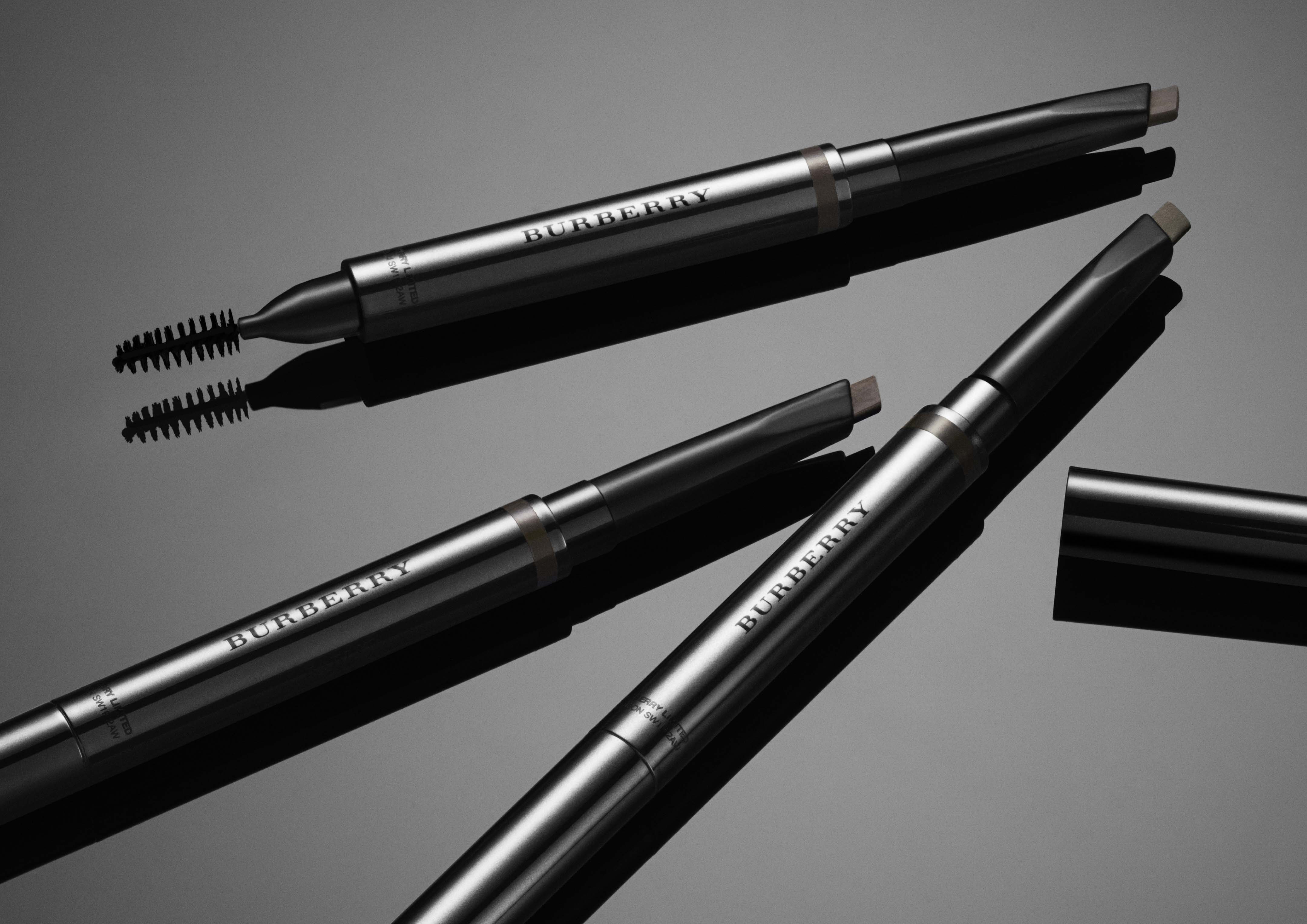Table Of Content

"Whether one chooses to shave or not should be a personal decision," says Dr. Shepherd. "Ultimately, the decision should be based on how one feels about themselves and what feels comfortable." Nair is one of the most notable brands in the topical hair-removal market. It’s evolved from a heavy cream that you have to apply with your hands to a simple glide-on product that is convenient and easy to apply without making a mess. It’s also now infused with gentle, soothing ingredients such as argan oil and orange blossom that help soothe the skin and reduce irritation. You can use this simple stick on your under-arm area, legs and bikini area.
Try trimming with scissors
Waxing pulls hairs from the follicles, removing multiple hairs at once. This typically causes pain, and it can also cause irritation and infection in the sensitive skin of the pubic region. When it comes to shaving down there painlessly, I recommend taking a warm shower first to soften the hair and skin. Use a sharp, clean razor and shave in the direction of hair growth using short, light strokes. After shaving, gently pat the area dry and apply a fragrance-free moisturizer to soothe the skin.
Best for ingrown hairs
Can We Stop the Pubic Hair Shaming Already? - Glamour
Can We Stop the Pubic Hair Shaming Already?.
Posted: Tue, 13 Jun 2017 07:00:00 GMT [source]
While not technically a hair removal cream, Fur’s Stubble Cream is worth the big bucks for post-removal care. This cream is also free of any potentially harmful ingredients often found in body-care products such as parabens, silicones, artificial fragrances and dyes. It’s particularly good for—you guessed it—stubble, in between waxing or laser sessions. If individuals experience persistent skin issues or discomfort after pubic hair removal, it’s advisable to consult a professional dermatologist or esthetician. They can provide personalized advice, recommend suitable products, and address any concerns related to skin sensitivity or reactions.
How to Trim Your Pubic Hair
Boils can develop from skin irritation and infections, such as cellulitis and folliculitis. For instance, people who remove their pubic hair are more likely to be young, so it would make sense that they also report increased sexual functioning. Pubic hair growth — including location and thickness — varies from one person to the next. While most grooming injuries are minor, any injury to your genital area can make it easier to get a sexually transmitted infection (STIs). To avoid these injuries, dermatologists recommend the following tips.
An important thing to note is that depilatories can be less effective on dark, coarse hair—which is the kind of hair that is most common in the pubic area. Over-the-counter creams and ointments can help treat minor issues, but if severe or persistent problems arise, seek medical attention as soon as possible. There is also no guarantee that laser removal will get rid of all the hair.
Stats show that men are split right down the middle when it comes to pube grooming, so it’s really all about personal preference. Hairs may still grow back after several treatments, but they’re usually finer and less noticeable when they return. Waxing is done by applying strips of warm wax to a hairy surface and pulling hairs out from their follicles. Waxing is a good alternative to shaving because it typically results in less itchiness when the hair starts growing back. At any point in time, your hairs may be at a different stage in the growth cycle, which makes targeting and removing them all an impossible task.
Tips for Safe and Effective Hair Removal

Prior to hair removal, exfoliate the skin to remove dead cells and prevent ingrown hairs. Trim longer hair for easier removal and ensure the skin is clean and dry before starting the hair removal process to enhance efficacy. Shaving and waxing are two common hair removal methods with distinct differences. Shaving offers quick results but needs to be done frequently as it only removes hair from the surface. On the other hand, waxing removes hair from the root, providing longer-lasting smoothness. Since pubic hair removal usually isn’t medically necessary, there’s no reason it has to be removed.
Women all over the world are oiling their pubic hair. But should you? - Health shots
Women all over the world are oiling their pubic hair. But should you?.
Posted: Sun, 16 Feb 2020 08:00:00 GMT [source]
Is shaving the best way to trim or remove your pubic hair?
If you wish to groom your pubic hair, it’s important to learn safe ways to go about it. Even if you’re careful, it’s not uncommon to get rashes, bumps, or ingrown hairs on your pubic area, especially if you shave. What you do after grooming holds just as much importance as how you go about it. Treat your skin to a little TLC to prevent ingrown hairs, bumps, and irritation. Whether you’re shaving it all or just shaping it up, start with clean skin to avoid bacteria-causing bumps. Wash your pubic region thoroughly with soap and water in the bath or shower.
Depilatory creams
Partner preference, myths surrounding hygiene, and personal choice are still the most common reasons people shave their pubic hair. If you have healthy hair on the back or side of your head, a doctor can surgically remove hair strands from those areas and graft them into your scalp in a bare area. It’s another expensive treatment that isn’t generally covered by insurance, but it tends to be a long-lasting solution. Doctors often prescribe oral medications to be used along with topical minoxidil because studies show the combination boosts hair production. Low-dose oral minoxidil (prescribed off-label) has been found to be effective and safe for most patients, Mirmirani says.
Also, cosmetic products, including shaving cream and products to remove hair, can cause allergic reactions, and these can be severe. Electrolysis involves using radio waves to damage hair follicles. This causes hair to fall out, and it also disrupts the growth of new hair. Like waxing, tweezing pulls the hair out of the follicle, resulting in a sharp, pinching sensation.
If you’ve got a long, thick thatch going on, cut the hair to about a quarter inch. You’ll also gain a better view of your skin and direction of hair growth, which will help prevent accidents. According to Shainhouse, hair removal creams tend to have irritating ingredients.
You also risk infection, ingrown hairs, and skin discoloration from damaging the skin. So before you grab the hot wax or your razor, here are some of the best ways to remove your pubic hair. Removing your pubic hair is totally your choice, but not all methods are created equal. Some methods may increase your risk of injury and infection, and others may provide better long-term results. Some people prefer to trim or remove their pubic hair at home, while some others use professional services. This article looks at the various ways to remove pubic hair safely at home.It also describes some professional techniques that may be more effective and provide lasting results.
However, it’s important to remember that the shaver will be in direct contact with the skin. This means it’s crucial to use new, ideally disposable, blades to avoid any potential infections. As an Aesthetic Director with over a decade in the industry, I’ve seen how personal grooming, especially pubic hair removal, has evolved. Many clients come to me with questions about the best ways to go from bush to bare. It is possible to have an allergic reaction to hair removal creams and end up with an itchy, irritated skin rash.
However, it’s important to note that some people may be allergic to these chemicals. That’s why I always advise testing the cream on a small patch of skin on your arm or leg before applying it more extensively. If any reaction develops, it’s best not to use the product. “The larger the contrast between the skin color and pube color, the less sessions it will take,” says Linkner.
If you have sensitive skin, it’s best to avoid waxing, tweezing, depilatories, and even laser removal or electrolysis, which may be too harsh and cause long-term damage. The electrolysis method is similar to laser removal, but uses a device called an epilator to send radio frequencies into the skin to damage hair follicles. This treatment treats individual hair follicles, one at a time, unlike lasers which usually treat multiple hair follicles within a designated area. You’ll usually need to have several treatments before the hair follicles are damaged enough to stop hair growth for a long period of time.
The most common cause of alopecia is an inherited condition called male- or female-pattern hair loss. In a 2015 study, men were more likely than women to report a preference for a pubic hair-free sexual partner. A lot of people remove their pubic hair to conform to this aesthetic standard.




















